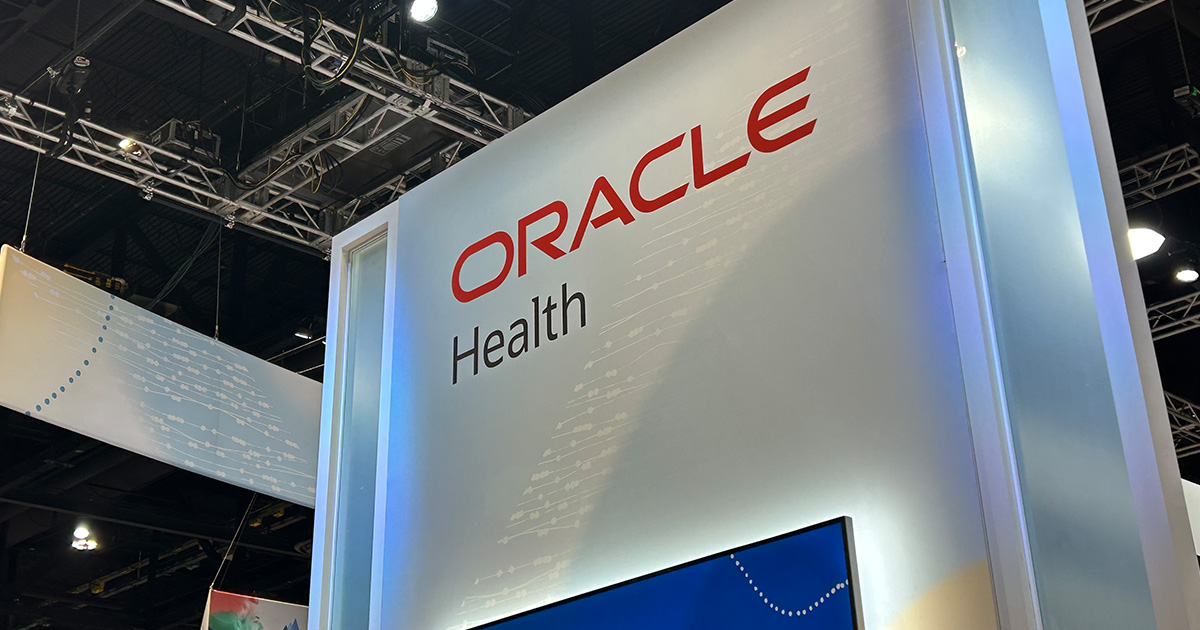In a joint letter to the House Ways & Means and Senate Finance Committees, several industry groups have implored legislators to incentivize integration between electronic health records and remote patient monitoring, to spur better use of patient-generated data in payment reform efforts
Writing to Senators Max Baucus, D-Mont., Orrin Hatch, R-Utah, and Reps. Dave Camp, R-Mich., and Sandy Levin, D-Mich., earlier this month, in response to discussion about repealing the sustainable growth rate formula and reforming the Medicare physician payment system, the American Telemedicine Association, Continua Health Alliance, Association for Competitive Technology and Telecommunications Industry Association urged the use use of open and voluntary standards for interoperability between remote patient monitoring devices and electronic health records.
"As you consider the future of the sustainable growth rate formula, we urge you to ensure that incentives for the adoption of interoperable electronic health records encompass the full panoply of patient health data – including data generated from remote monitoring systems," the letter reads.
"The health and financial benefits of remote monitoring are significant," the authors write. "Remote monitoring connects patients and health care providers outside of healthcare facilities, allowing for ongoing treatment and for early discovery of the warning signs for ailments such as congestive heart failure, pneumonia, myocardial infraction and chronic obstructive pulmonary disease.
"By actively involving patients in their own care, they are also empowered – and far more likely – to make healthy lifestyle changes," they add. "Clinical evidence has demonstrated that interoperable remote monitoring improves care, reduces hospitalizations, helps avoid complications and improves satisfaction, particularly for the most chronically ill." The letter points out that the potential cost savings are significant – with remote monitoring potentially reaping savings of $36 billion worldwide by 2018.
"Importantly, these benefits and savings could have a significant budgetary effect on broader efforts to address SGR formula issues."
The industry groups asked Congress to ensure that HHS incentives require EHR systems to incorporate open, voluntary and consensus-based industry standards for interoperability with remote patient monitoring systems, and HHS establishes target goals for the use of remote patient monitoring of patient-generated health data for treated patients with one or more high priority conditions.
The groups make the case that remote monitoring devices "are poised to transform the delivery of health care services in the United States." But that transformation "will only be possible if EHR systems are required (through HHS incentives) to incorporate PGHD through open, voluntary standards," according to the letter.
On Nov. 22, those same industry groups, alongside HIMSS, IHE USA, the Center for Data Innovation and Wireless Life Sciences Alliance, wrote to Paul Tang, MD, vice chair of HHS' Health IT Policy Committee. They encouraged the committee to make a similar commitment to RPM integration.
Stage 3 meaningful use should ensure that "incentives for the adoption of interoperable EHRs encompass the full panoply of patient health data – including data generated from remote monitoring solutions that enable reliable patient-generated health data," they wrote. Moreover, the committee should make sure the new requirements "contemplate the use of PGHD through the utilization of interoperable health and medical device standards."


